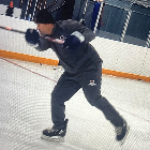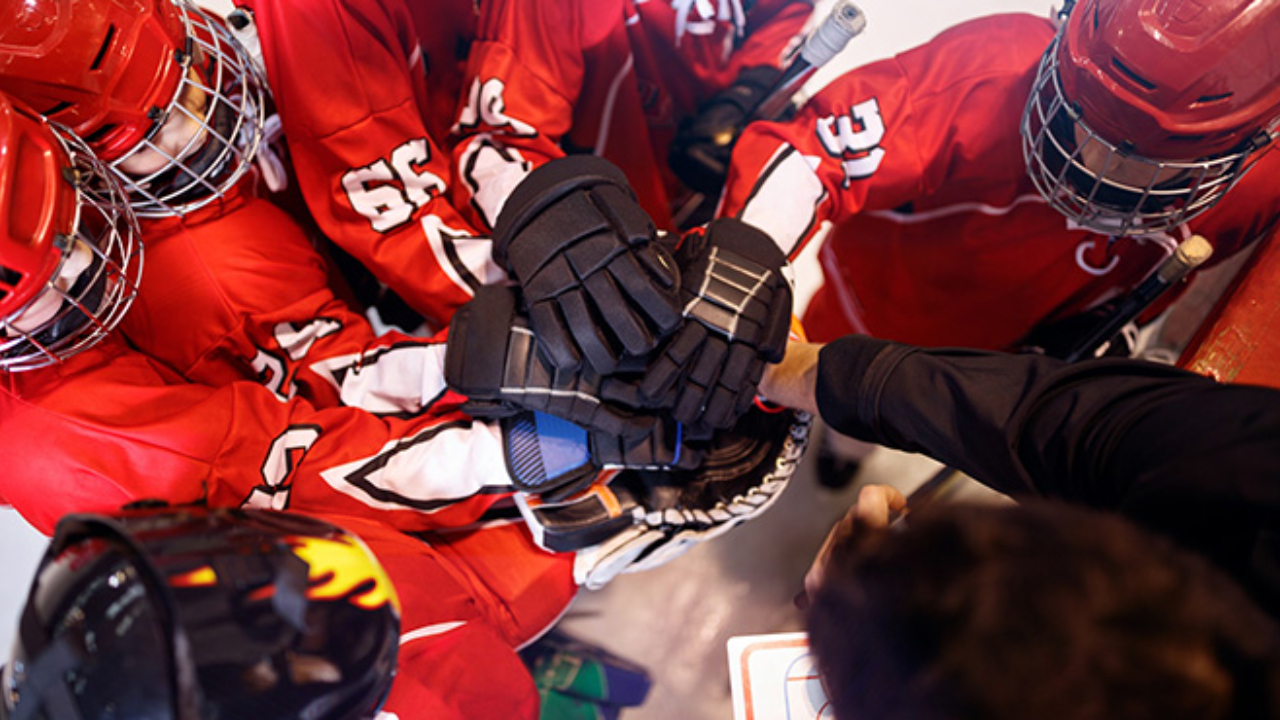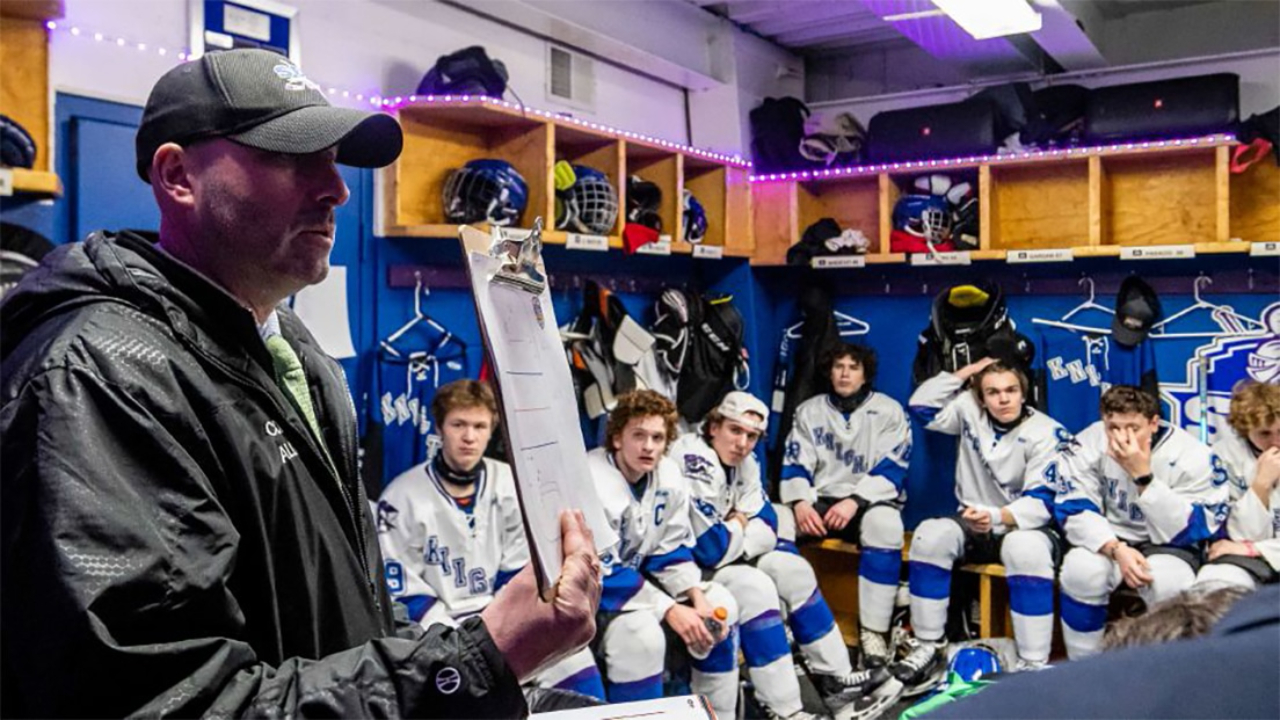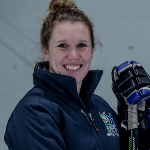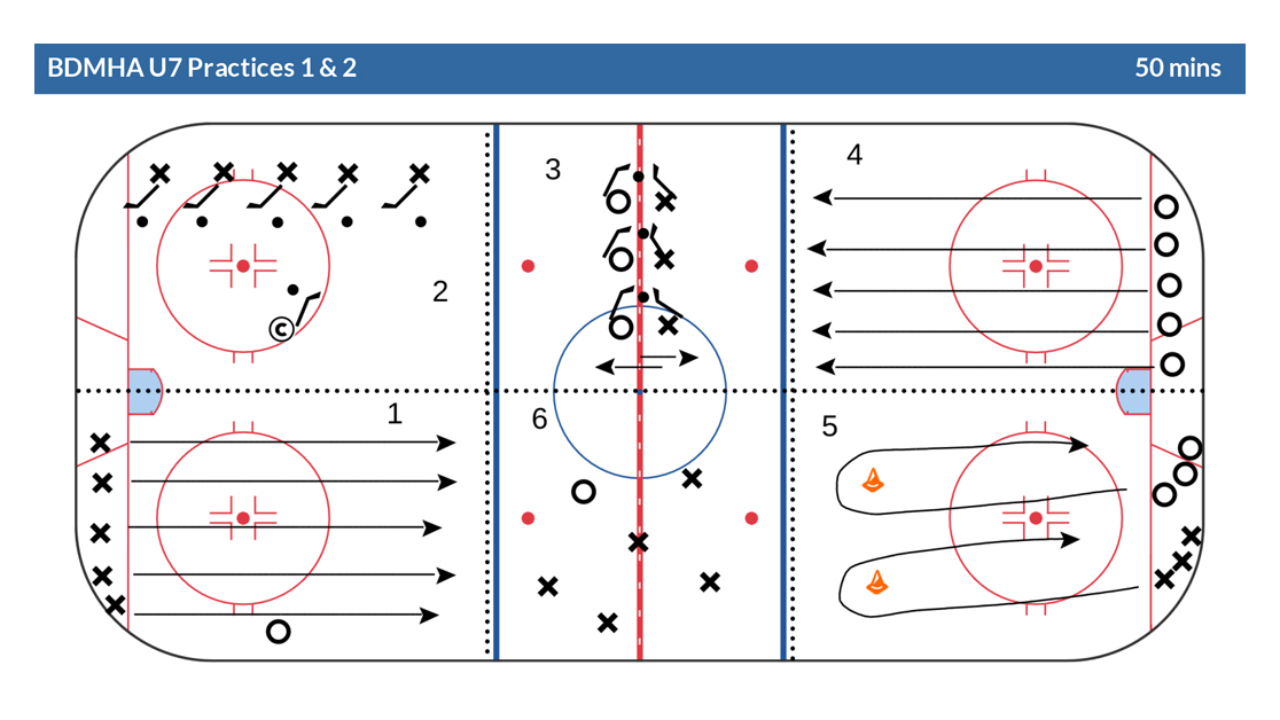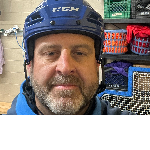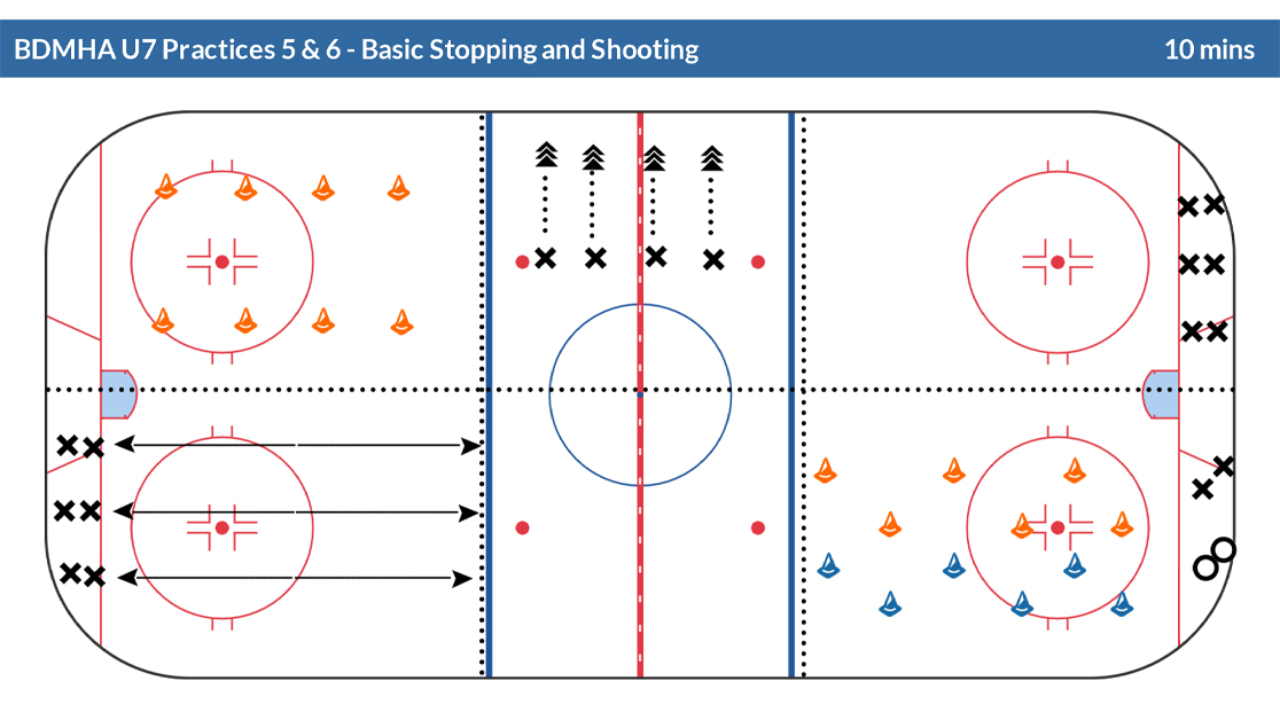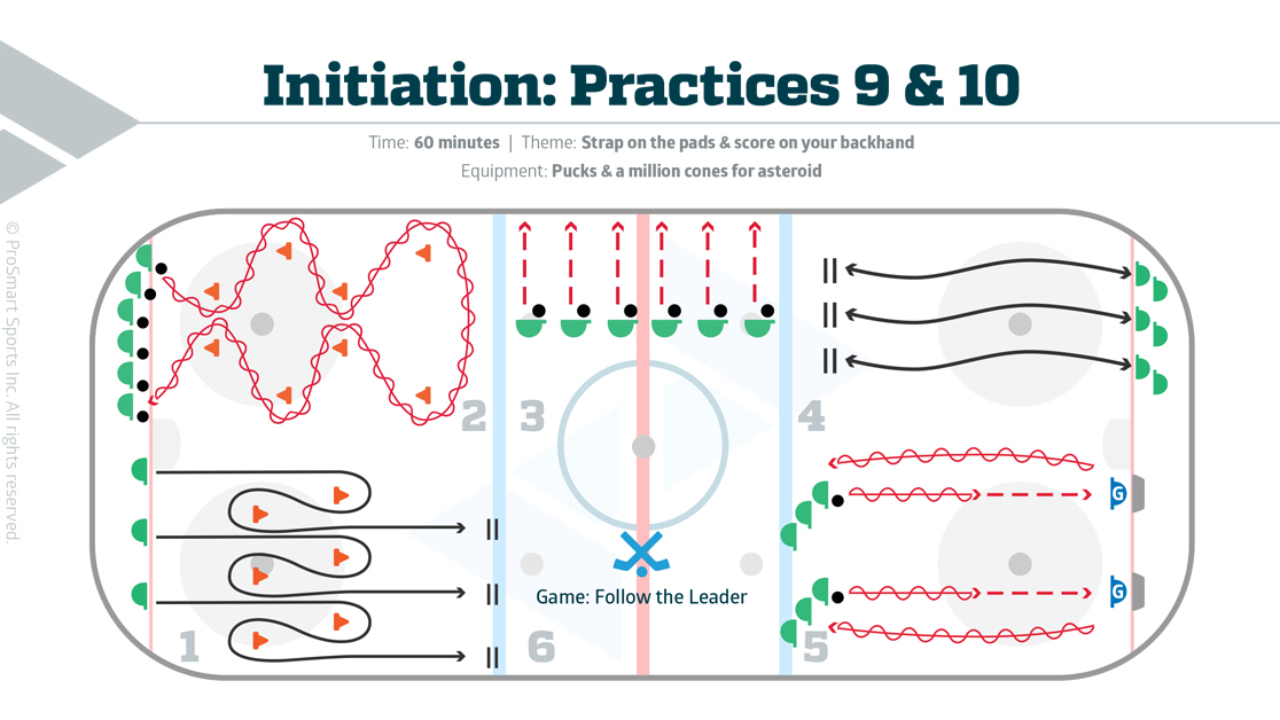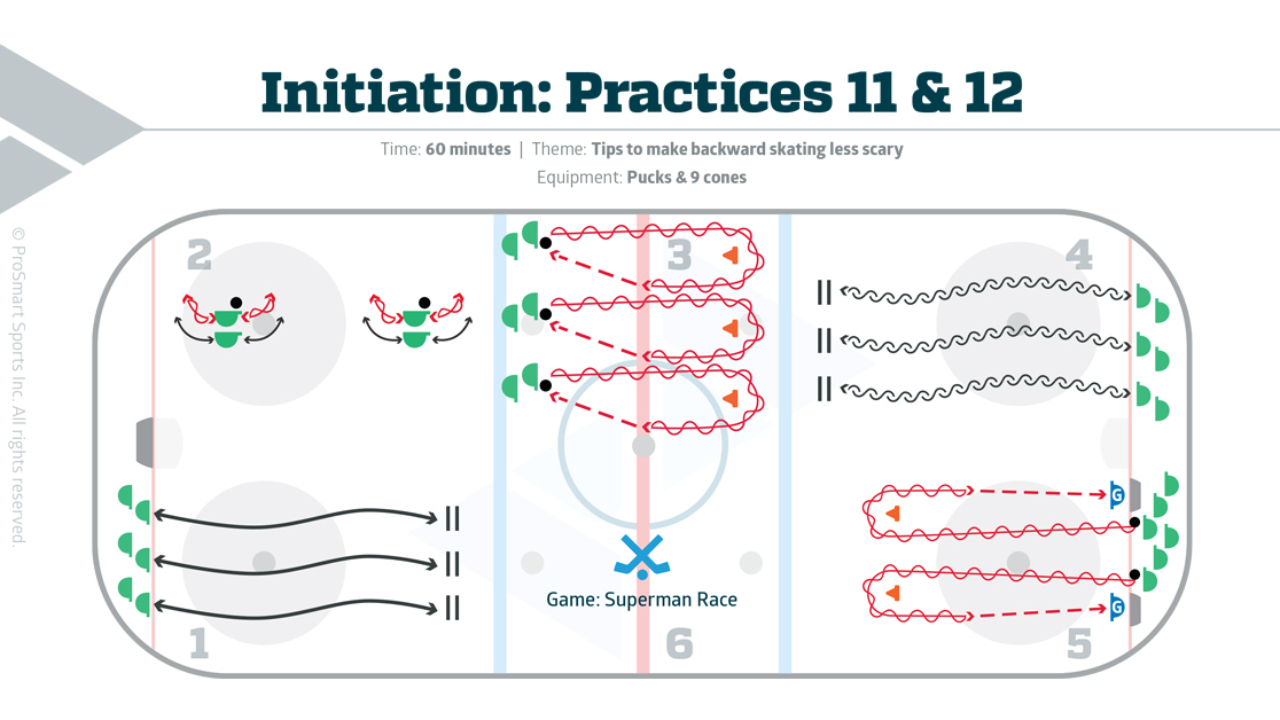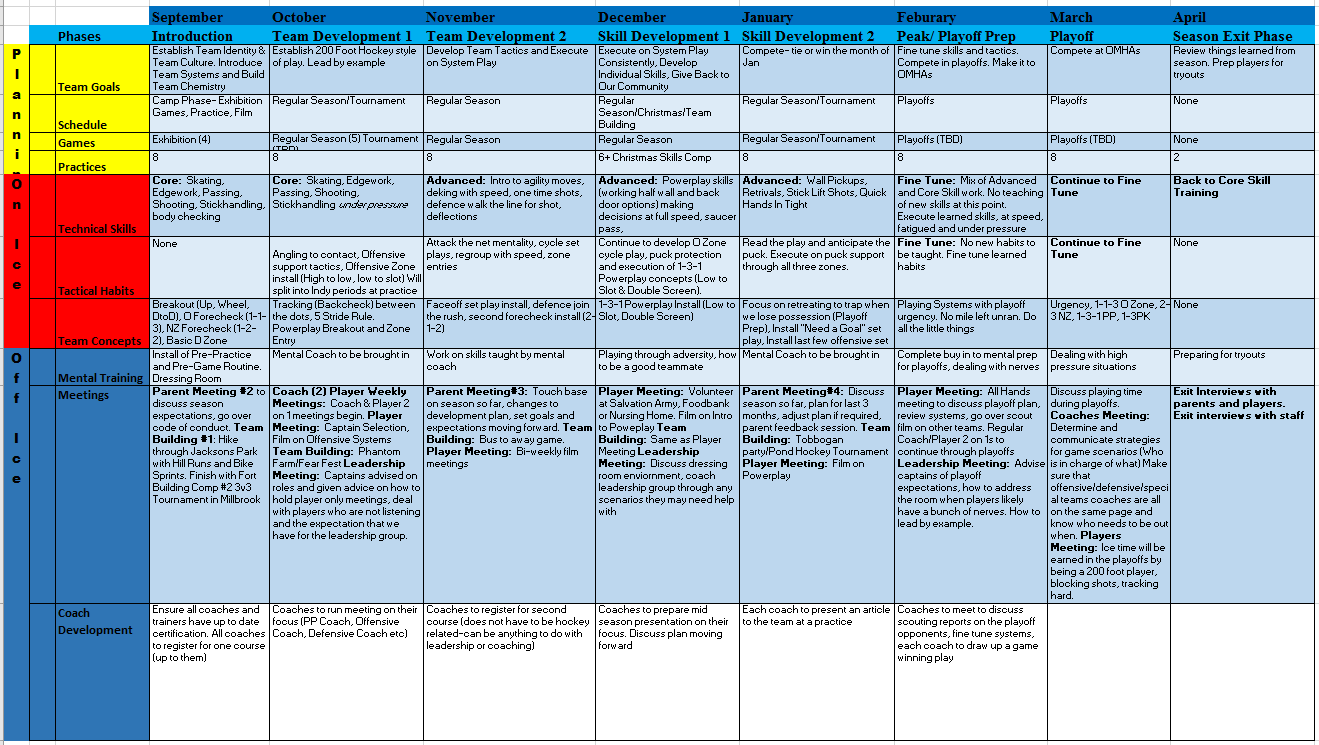
I have been lucky enough to coach and play hockey for a very long time. I have been unlucky enough to have had coaches who really did mean well but perhaps lacked the knowledge, skill or even the passion to coach. Not many folks realize the commitment, sacrifice and stress coaching can have before the season even starts. However, we can mitigate a lot of that by entering the season prepared, orgranized and committed to offering the best playing and life experiences we can to our athletes.
In this article I will break down how I have found success through planning- some ideas might work for you, some might not. Some you may already do, some you might be able to add. Nonetheless, us as coaches have an obligation to pass on what we know so that we can all leave the game a bit better than we left it.
Post-Tryouts
Tryouts are an emotional time for everyone but once the dust has settled it's time to get to work! I like to host an "All-Hands" meeting as soon as possible. During this meeting (I will upload another article on this meeting in particluar) I will outline the staff, responsibilities of EVERYONE, our non-negotiables, our team core values and most importantly I will unveil our season plan. The purpose of this meeting is to have everyone leave and there is little to no "grey" area in terms of what we expect and what we will give as a coaching staff. It sets the tone and is the first foundational block to our teams construction. I strongly encourage that head coaches deliver this presentation, however, we have also had success delivering it as a panel presentation with all the staff.
Foundation Blocks
As mentioned above, I identify pieces of the season as blocks. I do this for a couple of reasons; first being we can manage the season as a project and check things off the list as we progress, but also because we will have a real, tangiable progression schedule that everyone involved can see and be a part of. To me, a season is broken up into 6 Blocks, 4 of which are developmental blocks. The first block is Introduction- this will follow the Post-Tryout meeting and bring the team into the first couple of practices. Second is Team Development 1, then Team Development 2, Skill Development 1, Skill Development 2, followed by our closing phases Season Peak/Playoff Prep and then we go into our Season Exit Phase.
We can spend the next 3 weeks dissecting this plan in an article but I will keep it light. Referring to the title picture above, you can see each phase is defined by 3 focuses- Planning, On-Ice and Off-Ice. Within each of these focuses are categories that help me organize what we look to accomplish within each block. As the plan illustrates, each phase is roughly 8 practices, I choose to quantify the phase by the number of practices so that we can spend the appropriate time building the skills, knowledge and behaviours in order to progress.
Each block will have drills associated to them that are focussed on the skills required within them. We have core drills that we will turn to throughout the season such as breakout, regroup and cycle drills but we try to change up the drills as much as possible to keep the players learning. There is nothing worse to a player than doing High/Low for 45 minutes every Tuesday night.
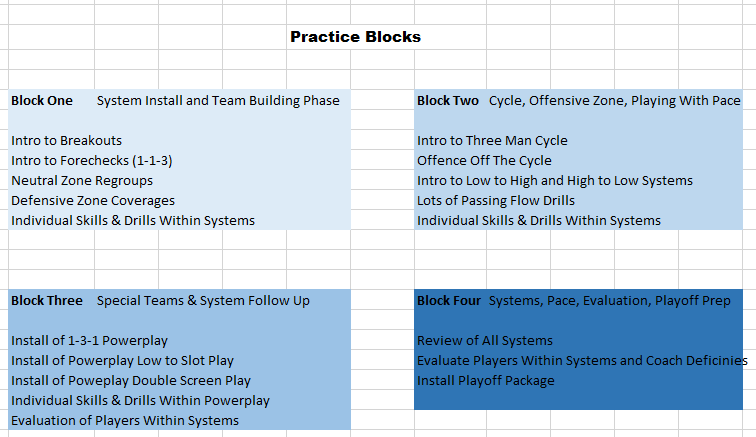
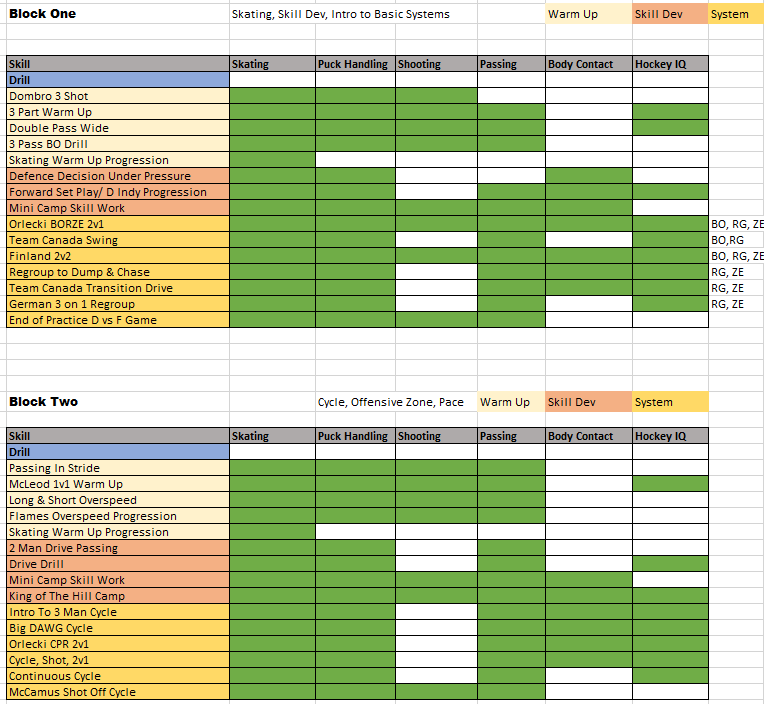
Categories
Again, for the sake of your time and eyes, we won't go into a huge amount of detail here, but the Season Categories are the items on the left of the plan in yellow, red and blue. Yellow are a part of the Planning phase, red are the On-Ice phase and finally blue is obviously the Off-Ice phase. The design of these is to put a plan in place that can both be concrete, yet adaptable if needed. Its a receipe and as such needs the perfect blend of all 3 focuses for each block. You can create any design you would like for these, I just found a presentation from Hockey Alberta years back and learned this setup, and like any decent coach, made a few adjustments. I do strongly recommend you separate the Categories however as it allows you to have a direct line of sight in terms of the commitment requirements for each.
Communication
As with anything in life, communication is paramount to success. Within the off-ice focus is the meetings category. Outlined in this section is all of the planned meetings for the season, including the All Hands, Parents, Team Building and Player Meetings. Over the course of the season we will host around 5 parent meetings. I know this sounds like a lot but trust me, by hosting meetings, you save yourself a lot of emails and phonecalls. It gives the parents an inside look as to what your plan is, how it is developing and ultimately how you, as the coach, are influencing their child. With that being said, the coaching staff should control the narrative for these- I usually give the parents a feedback session somewhere in January where we have been able to work through the hiccups and speed bumps we tend to see early on.
We host player meetings every month with the goal of teaching the players the theory side of the game. We encourage the players to speak during these as learning to step up in these meetings builds good character and will give them skills they can take with them in life. We also will host leadership meetings with our captains, generally speaking, players will tend to go to their captains with things and we certainly want to encourage that bond but our captains can also give us an inside glimpse on the room. Perhaps there might be some behaviour issues that the leadership group is having trouble dealing with, maybe some players are not adhering to some of our dressing room policies etc. We will look to support the leadership group through these challenges. Although the coaches will be responsible for the larger picture course correction, the more we can teach the players to commit themselves to the team identity and police themselves within that, the more culture we can continue to build.
One of the final pieces to our communication is our players 2 on 1 meetings. This where we can coach the players as human beings and not hockey players. We generally start these very informal and ask about their lives (maybe they just started highschool, maybe they just got their first job) we want to build a trusting bond with each player so they know not only are we hockey coaches but we are people in their corner cheering them on in life.

Here is a template we use for these meetings. For the younger players, we try not to have a clipboard and write these down but for the older players it shows them we are committed to their success- hence the signatures. By signing this, we are showing them that we have listened to, acknowledged and will commit to everything they have brought up to us in the meeting. You then begin to develop a coach/athlete chemistry that is centred around you as the coach doing the very best you can to get make them a better athlete and a better human.
Summary
One of the most important things I want to leave you with is this takes time. It takes time to build the plan, it takes time to execute it and it takes time to adapt it. This is why I have built myself this template so when I begin the next season planning (usually during or right after tryouts) I have the puzzle pieces- I just need to put them together. When executing on this plan, you will hit speed bumps, there will be peaks and there definitely will be valleys but stay the course, stick to the plan. If you do need to adjust the plan, communicate it to staff, players and parents- this way you have the support of everyone involved.
If you are like me, you feel obligated to do a lot of things yourself but I strongly encourage you to reach out to your staff to help you build this plan. It took me a few years to build it the way I wanted it and I am constantly adapting to the age, level and teams I am coaching.
Coaching and giving back to the game is one of the most fulfilling things you can do in life, it can also be one of the most stressful- do yourself a favour and PLAN, PLAN, PLAN.
